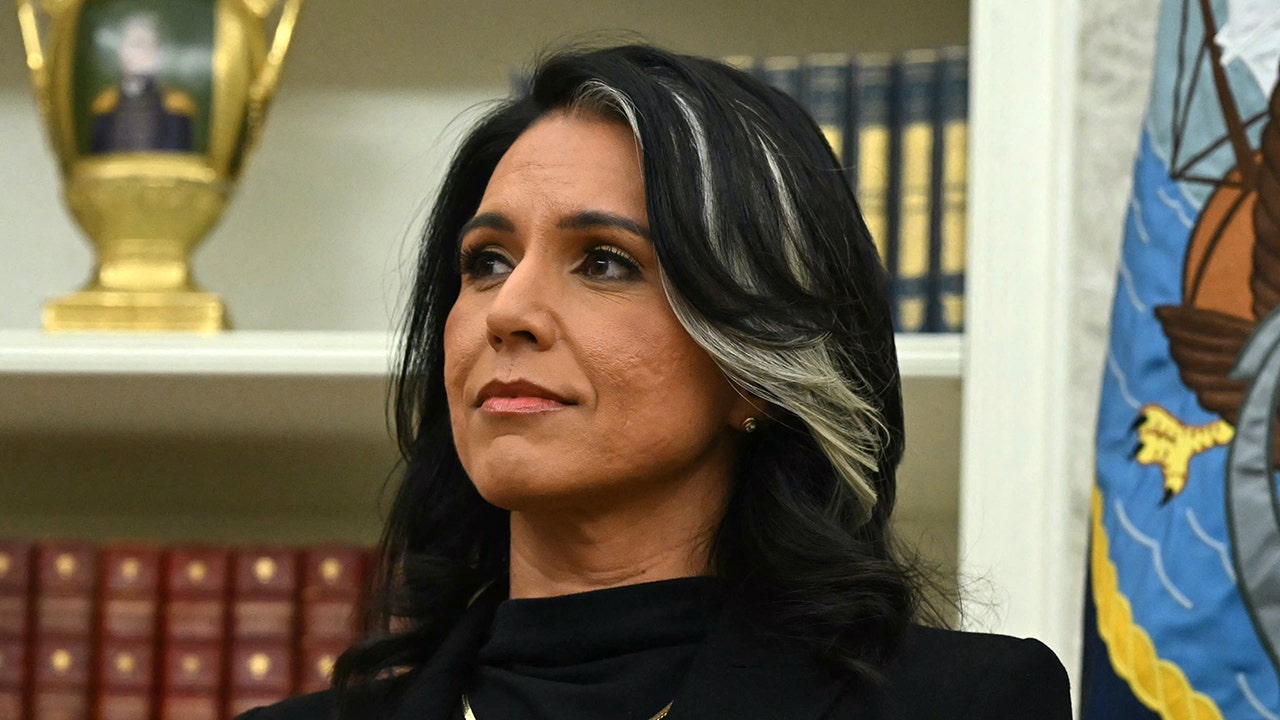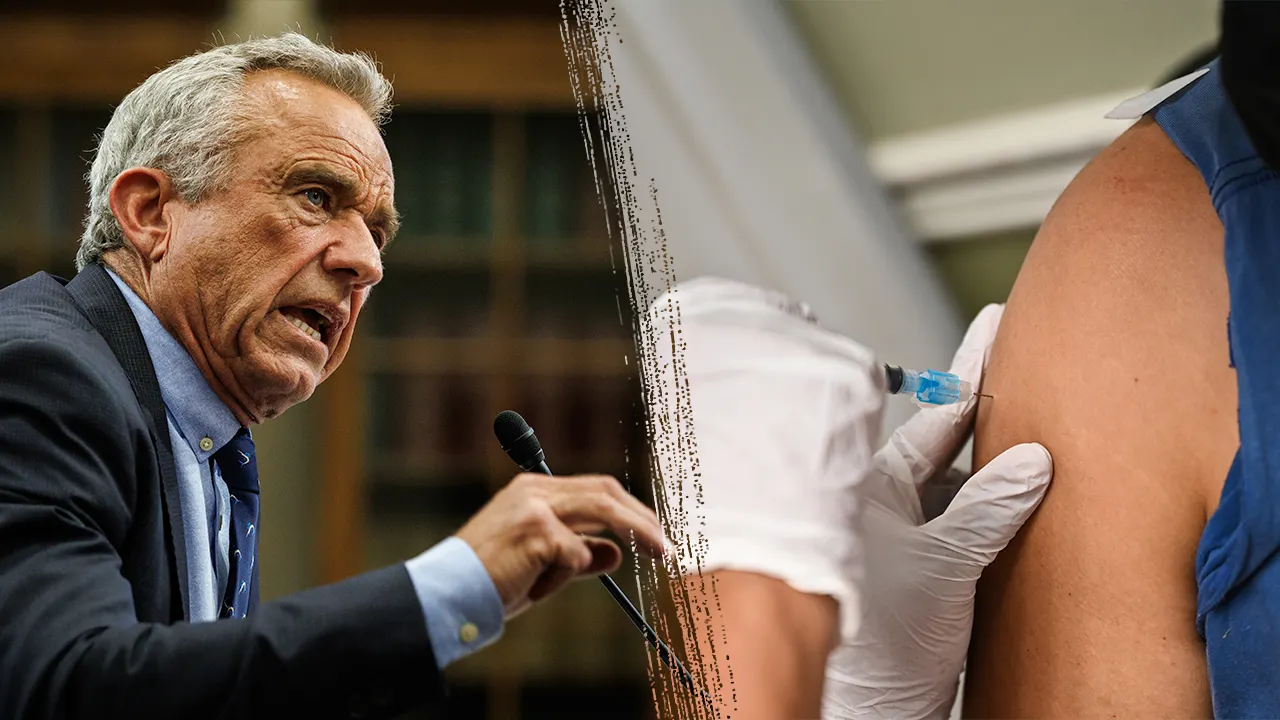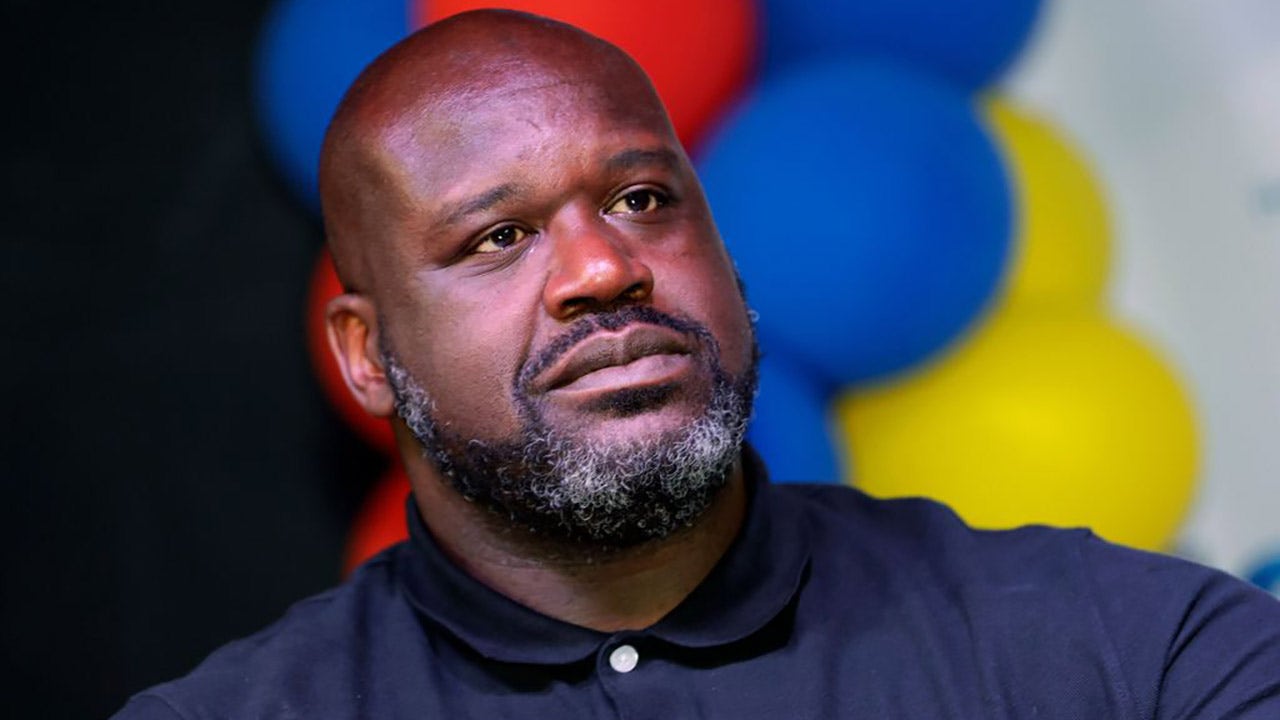Oklahoma
Oklahoma police departments turn to crimefighting cameras

TULSA, Okla. (KTUL) — Police departments across Oklahoma are turning to cameras to capture criminals.
The City of Tulsa, for instance, has installed 46 Flock Safety cameras and said it plans to add even more.
Sheriffs in Tulsa County and Wagoner County have both installed Flock cameras.
Flock Safety said it works with 30 law enforcement agencies across Oklahoma, including Catoosa.
Its police chief said it’s like doubling the size of his department at a fraction of the cost.
Cpl. Aaron Adams has seen more success with the Flock camera network than anyone in the Catoosa Police Department.
“I think the very first day we had it active, we had a stolen vehicle hit,” he recalled. “It was like, I don’t know, four hours after getting this?”
Adams said he makes between five and twenty arrests per month, about two of those come from Catoosa’s ten Flock cameras.
“And it is night and day, because instead of just hunting them down and trying to find stolen vehicles, sometimes it just falls in our laps,” he said.
“These are motion-activated cameras, and they capture a picture of the back of the vehicle and the rear license plate,” Flock Safety spokesperson Holly Beilin said.
“In Tulsa, we’ve been able to help law enforcement solve violent crimes,” she continued. “There’s been a couple of assaults, carjacking’s, things of that nature, as well as property crimes, like of course, vehicle theft.”
“These cameras have been involved in solving crimes from homicide to shoplifting,” Tulsa Police Department said in a statement.
“They had an armed robbery suspect that was entered in Flock, and we located them here in Catoosa,” said Catoosa Police Chief Ronnie Benight. “It’s a nationwide network, and it allows us to reach out much further.”
Like many agencies across the country, Benight has struggled with manpower.
“So having the Flock cameras, that gives us ten sets of eyes out there that I can’t afford to have,” he asserted.
The extra eyes, though, lead to natural comparisons.
“You worry about Big Brother,” Benight said. “Everybody’s saying, ‘Big Brother, Big Brother.’ It’s not Big Brother at all.”
He said it is possible for police departments to ensure these systems won’t be abused.
“You’re going to do that by policy,” Benight explained. “Anything, any state law, anything can be abused.”
“We do not base our traffic stops off of Flock information,” he continued. “The only time a Flock camera is going to pay you any attention is if we’ve told it to.” “Every image is tagged when it is captured, and 30 days later, automatically, by default, hard deleted, never to be found again,” Beilin added.
“We border Tulsa on two sides, so we basically see the same activity that they’re seeing, but we just don’t have the manpower to deal with it,” Benight said. “So this really helps us with that.”
TPD said it has seen “an overwhelming amount of support” for the cameras since their installation. They will be doing “additional analysis” of their performance in the next month or so.

Oklahoma
Oklahoma Board Advances More Than $53M in Middle-Mile Broadband Grants
More than $53 million in middle-mile broadband expansion grants were recommended for approval this week by the Oklahoma Broadband Governing Board.
The Oklahoma middle-mile projects, recommended for approval by the Grants Review Committee, are funded by the American Rescue Plan Act’s State and Local Fiscal Recovery Funds.
Several additional projects were recommended for approval “should funding become available.”
By provider, the Oklahoma middle-mile broadband grants recommended for approval are:
- Hilliary: $40,874,734.10 for Alex, Burns Flat, Cordell, Daisy, Duke North, Duke South, Gracemont, Granite, and Talihina
- Indian Electric Cooperative Inc.: $4,375,043.34 for Cleveland to Osage, Naval Reserve to Pawya, Pawya to Pawhuska, and Red Rock to Pawnee
- Pine Telephone: $2,716,000 for Latimer County
- Resound Networks: $1,499,818.54 for Choctaw West, Jackson-Harmon, and Kay-Osage
- Trace Fiber Networks, LLC: $3,918,452.23: Asher, Garvin, and Pontotoc
Resound Networks’ Kay-Osage project was recommended for a $376,867.13 award, though the amount requested was $497,288.37.
Also by provider, those recommended for approval if future funding is available include:
- Centranet, LLC: $43,215,216 for Oklahoma Star Network and Shawnee-Stroud-Stillwater
- Chisholm Broadband: $6,530,472 for Alva-Medford-Tonkawa, Besie-New Cordel-Rocky, Canute-Burns Flat, Choctaw County, Coal County, Data Center Capacity, Hammon-Leedy, Jet-Nash, Lamont-Hunter, Latimer County, Magnum-Eldorado, Medford-Deer Creek, Roger Mills-Taloga, Sayre-Elk City, and Thomas-Custer City-Arapaho
- Cox Communications: $3,891,218.26 for Haskell to Okmulgee, Mounds to Okmulgee, and Washington County to Rogers County
- CVEC Fiber, LLC: $1,719,564 for CVEC Fiber – Middle Mile
- Dobson Technologies: $1,090,935.42 for Binger to Hinton, Bristow to Okmulgee, and Red Oak to Talihina
- FiberLink, LLC: $1,883,609.24 for Creek County
- Hilliary: $3,733,731.68 for Stonewall
- MBO Video, LLC: $14,586,343.80 for MBO Project (“MMMBOP”)
- Oklahoma State Regents for Higher Education: $29,800,700 for Oklahoma Community Anchor Network (OCAN)
- Pioneer Telephone Cooperative: $2,575,380 for Bradley/Lindsay, Cashion/Piedmont, and El Reno Middle Mile
- Plains Internet, LLC: $10,195,328.00 for Middle Mile South and Plains Internet
- Resound Networks: $13,103,583.50 for Beaver-Texas, Bryan-Marshall, Caddo-Grady-Canadian, Comanche-Grady-Stephens, Craig-Ottawa-Rogers, Custer-Washita-Caddo, Grant-Garfield-Kingfisher, Greer-Kiowa-Washita, Logan-Oklahoma-Cleveland, McClain-Garvin, and Woodward-Harper-Ellis
- Terral Telephone Company: $3,369,294.25 for HWY 32
- Totah Communications, Inc.: $1,877,727 for OK SLFRF MM Grant
- Trace Fiber Networks, LLC.: $5,074,064.16 for Johnston-Bryan, Marshall County
- Wyandotte Telephone Company: $12,532,608 for Wyandotte
- Zayo Group, LLC: $13,991,876.18 for North Tulsa and South Tulsa
Additional information about Oklahoma broadband, including state funding resources, grants made, state-specific coverage, and more can be found on the Telecompetitor Broadband Nation webpage for the state.
Oklahoma
Oklahoma speech therapist shares what stroke recovery looks like

As Stroke Awareness Month continues, a Tulsa speech therapist is shedding light on the recovery process and the critical role speech-language pathologists play in post-stroke care.
Recognizing stroke damage in communication and swallowing
Speech-language pathologist Joanie Wells with Ascension St. John Medical Center said that one of the first signs of a stroke may involve difficulty with communication or swallowing.
“Some similar things that I’m looking for as a speech therapist in a patient who’s had a stroke could be a deficit in a patient’s ability to speak or voice or communicate in any way,” Wells said. “Receptive and expressive language can be impacted. Cognitive communication skills such as problem solving or attention skills can be impaired and very commonly trouble swallowing as well is a deficit that I would look for.”
Wells said these symptoms can show up right away.
“It can be pretty immediate,” she said. “Sometimes changes in speech or trouble swallowing, for example, are some of the first symptoms that can let someone know that they should be concerned they may be having a stroke.”
Recovery often begins in the hospital and continues afterward
Once a patient is diagnosed with stroke-related deficits, a speech-language pathologist steps in to begin treatment, often starting during hospitalization and extending into other levels of care.
“We evaluate, provide treatments and even sometimes compensatory strategies for patients that are struggling with any of those deficits in their speech and their swallowing,” Wells said. “And it’s important to know that that rehab starts in the hospital setting, but it can continue after the hospitalization, such as outpatient rehab or skilled nursing, different levels of care after the stroke as well. People can continue to make progress.”
Trouble swallowing is a common but overlooked problem
Wells said one of the most overlooked areas of stroke recovery involves swallowing, which speech therapists are trained to address.
“I think a lot of people are not familiar with a speech therapist being the person that would provide assistance for patients having trouble swallowing after stroke,” she said. “And that’s like one of the most common services that we do, especially right after stroke, because it can be so common to have that trouble with swallowing.”
Long-term outcomes depend on time and treatment
Although stroke recovery can take time and varies by patient, Wells said treatment helps specialists understand what progress can be expected.
“So really we just see how patients progress over the course of treatment in the hospital and then afterwards as well,” she said. “And then with time we can kind of see what kind of gains they’re able to make.”
Oklahoma
OKC Thunder Mount Late Comeback En Route to Game 5 Victory Over Denver

With the series tied at two apiece, the Oklahoma City Thunder and Denver Nuggets squared off for a Game 5 battle in Oklahoma City. It was another competitive battle that ended in a comeback victory in favor of the Thunder, winning 112-105.
The duo of Nikola Jokic and Jamal Murray was in the spotlight of this matchup, combining for 72 points. Despite having one of the best defenses in the NBA, there was nothing Oklahoma City could do to shut Denver’s star duo down.
A quick start for the Thunder was quickly answered by Jamal Murray and the Nuggets in the first half. Everything was clicking for Oklahoma City to open the game, going up by eight points early. Murray, Nikola Jokic and company quickly led their squad back to erase that early deficit.
Star guard Shai Gilgeous-Alexander got out to a brutal start for such an important game. He started going 2-for-9 from the field with six points, struggling to see his shots fall. Luckily for him, his All-Star companion, Jalen Williams, was hot. He opened the game with 11 points on a much nicer 50% percentage, but that didn’t stop the Nuggets from creating a respectable lead.
With seconds waning off the clock in the second quarter, the lead for the Denver Nuggets was increasing. Jokic and Murray were scoring with ease and the lead eventually ballooned to 11 points. The Thunder needed a response to close out the half anywhere on the roster and luckily, that happened.
Rebounding was an issue for the Thunder, losing that stat battle 49-43. They allowed 16 offensive rebounds compared to their eight, one area where Oklahoma City left some points on the board.
Buckets from Gilgeous-Alexander, Chet Holmgren and Cason Wallace brought the deficit back to within two points heading into halftime. It was an important late scoring run for the Thunder that made things much closer going into the final 24 minutes.
Jokic was a clear standout in this game at every point. He finished the night with 44 points, 15 rebounds and five assists on 17-for-25 shooting. He was dominant on the offensive end and put up a vintage stat line, reminiscent of his past MVP seasons.
For the Thunder, Gilgeous-Alexander came up huge. He finished the game with 31 points on 12-for-23 shooting, adding six rebounds and seven assists. Gilgeous-Alexander did everything he could to help his team win, contributing on defense as well.
The start of the third quarter was simply a disaster for the Thunder. The same Denver duo was cooking on offense and there was nothing the OKC defense could do to stop it. Jokic and Murray were proving why they are two of the best playoff players in the league with their overall performances.
Oklahoma City responded slightly, but still trailed by eight points heading into the final quarter. They were going to need their stars, including Williams and Holmgren, to step up big down the stretch.
Williams and Holmgren were far too quiet throughout most of this game. After an 11-point start for Williams, he went scoreless through the beginning of the fourth quarter. He did hit some clutch shots down the stretch, however, finishing the game with 18 points. Holmgren finished the night with 14 points on 6-for-9 shooting,
While those two struggled, guard Alex Caruso continued his offensive and defensive contributions off the bench for the Thunder. He finished the game with 13 points and four rebounds on 4-for-10 shooting, making his presence felt while guarding on the other end of the floor.
In need of an offensive spark, the Oklahoma City Thunder found sanctuary in guard Lu Dort. He knocked down three straight triples for the Thunder to bring them within two points halfway through the fourth quarter. It gave Paycom Arena energy, as well as the team, allowing them to close the gap and lock down on defense.
Some big triples from Williams and Gilgeous-Alexander, along with good defense in the final minute, helped the Thunder earn the tough victory.
An even more important Game 6 tips off 7:30 p.m. CT on Thursday, May 15 on the road in Denver.
-

 Austin, TX5 days ago
Austin, TX5 days agoBest Austin Salads – 15 Food Places For Good Greens!
-

 Technology1 week ago
Technology1 week agoBe careful what you read about an Elden Ring movie
-

 Technology1 week ago
Technology1 week agoNetflix is removing Black Mirror: Bandersnatch
-

 World1 week ago
World1 week agoThe Take: Can India and Pakistan avoid a fourth war over Kashmir?
-

 News1 week ago
News1 week agoReincarnated by A.I., Arizona Man Forgives His Killer at Sentencing
-

 News1 week ago
News1 week agoJefferson Griffin Concedes Defeat in N.C. Supreme Court Race
-

 Health1 week ago
Health1 week agoN.I.H. Bans New Funding From U.S. Scientists to Partners Abroad
-

 News1 week ago
News1 week agoWho is the new Pope Leo XIV and what are his views?


















